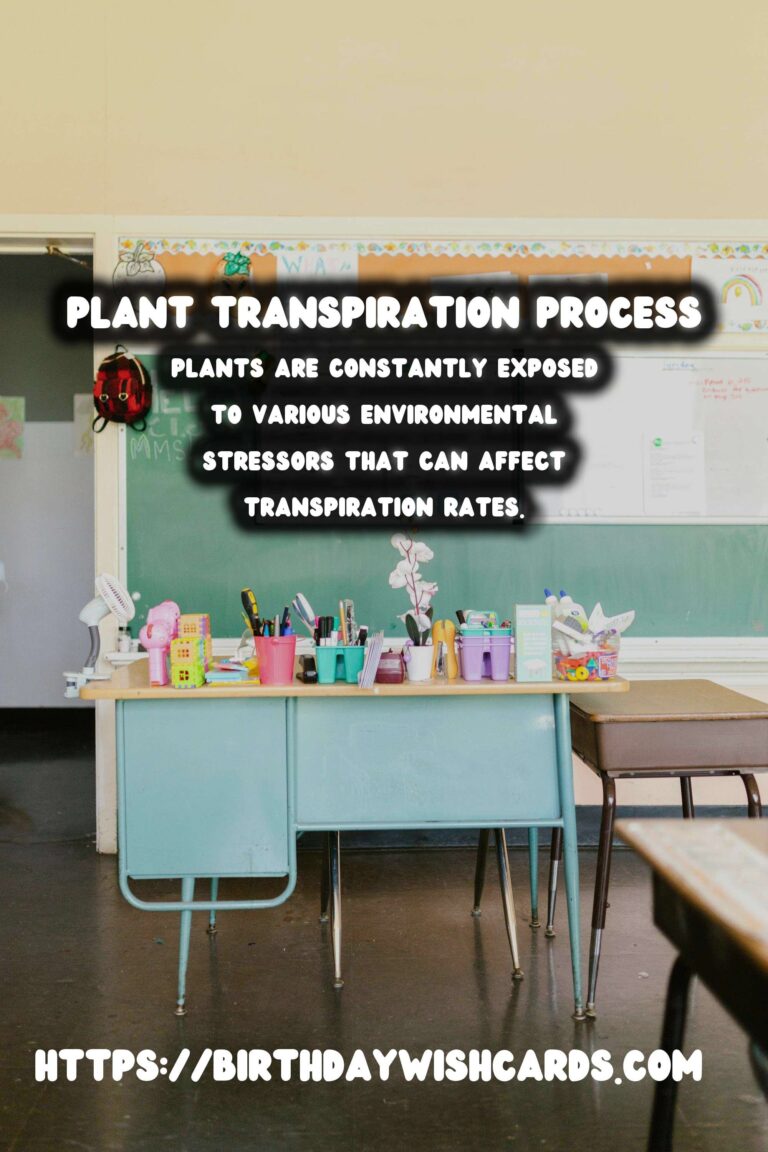
Plants are integral components of ecosystems, and their ability to thrive is significantly influenced by the process of transpiration. Transpiration is the process by which water is absorbed by plant roots from the soil, transported through plants, and eventually evaporated from leaf surfaces into the atmosphere. This process not only helps in the cooling of plants but also plays a crucial role in maintaining the water cycle and plant health.
What is Plant Transpiration?
Transpiration is a vital physiological process in plants, involving the movement of water from the roots through the plant vascular system, and finally to the atmosphere. It occurs primarily through small openings on the leaves called stomata. These stomata are responsible for regulating the flow of gases, including oxygen, carbon dioxide, and water vapor.
The process of transpiration serves several purposes. It helps in nutrient uptake, temperature regulation, and maintaining turgor pressure, which is essential for structural support. Transpiration accounts for the movement of approximately 90% of the water that is absorbed by the roots, making it an integral factor in plant physiology.
Factors Influencing Transpiration
Several factors affect the rate of transpiration in plants, including environmental conditions and plant characteristics. These factors can be broadly categorized into internal and external factors.
Internal Factors
Internal factors refer to the characteristics inherent to the plant itself. These include the number and size of stomata, the thickness of the cuticle, and the internal water status of the plant. Plants with more stomata or larger stomatal openings typically transpire more than those with fewer or smaller stomata.
External Factors
External factors include environmental conditions such as temperature, humidity, wind, and light. High temperatures can increase the rate of transpiration by enhancing the evaporation rate of water. Similarly, low humidity levels and high wind speeds can increase transpiration rates by increasing the water vapor gradient between the leaf surface and the atmosphere.
Environmental Stress and Transpiration
Plants are constantly exposed to various environmental stressors that can affect transpiration rates. These stressors include drought, salinity, extreme temperatures, and pollution. Understanding how these factors influence transpiration is critical for developing strategies to improve plant stress resilience.
Drought Stress
Drought stress significantly impacts transpiration by reducing the availability of water for uptake by the roots. During drought conditions, plants often close their stomata to conserve water, leading to reduced transpiration rates. This can affect photosynthesis and overall plant growth.
Salinity Stress
Salinity stress occurs when excessive salts in the soil solution hinder water uptake. This can lead to osmotic stress, affecting the plant’s ability to transpire efficiently. Salinity stress can also result in the accumulation of toxic ions, further impacting plant health.
Temperature Extremes
Extremely high or low temperatures can disrupt transpiration by affecting stomatal function and water viscosity. High temperatures may lead to increased transpiration and potential water loss, while low temperatures can cause reduced water uptake and transpiration rates.
Pollution
Air and soil pollutants can alter stomatal behavior and water availability, affecting transpiration. Pollutants may cause stomatal closure or damage to leaf structures, impacting the plant’s ability to regulate water loss effectively.
Adaptations to Environmental Stress
Plants have evolved various adaptations to cope with environmental stressors that affect transpiration. These adaptations include morphological, physiological, and biochemical changes.
For instance, some plants develop thicker cuticles or fewer stomata to reduce water loss under drought conditions. Others accumulate osmoprotectants and antioxidants to mitigate the effects of salinity and temperature stress.
Conclusion
Understanding the relationship between plant transpiration and environmental stress is crucial for advancing agricultural practices and improving plant resilience. By exploring the factors influencing transpiration and the various stressors that impact it, researchers and agriculturists can develop more effective strategies for managing plant health under changing environmental conditions.
Transpiration is the process by which water is absorbed by plant roots, transported through plants, and evaporated from leaf surfaces into the atmosphere. Several factors affect the rate of transpiration in plants, including environmental conditions and plant characteristics. Plants are constantly exposed to various environmental stressors that can affect transpiration rates. Understanding the relationship between plant transpiration and environmental stress is crucial for advancing agricultural practices. 

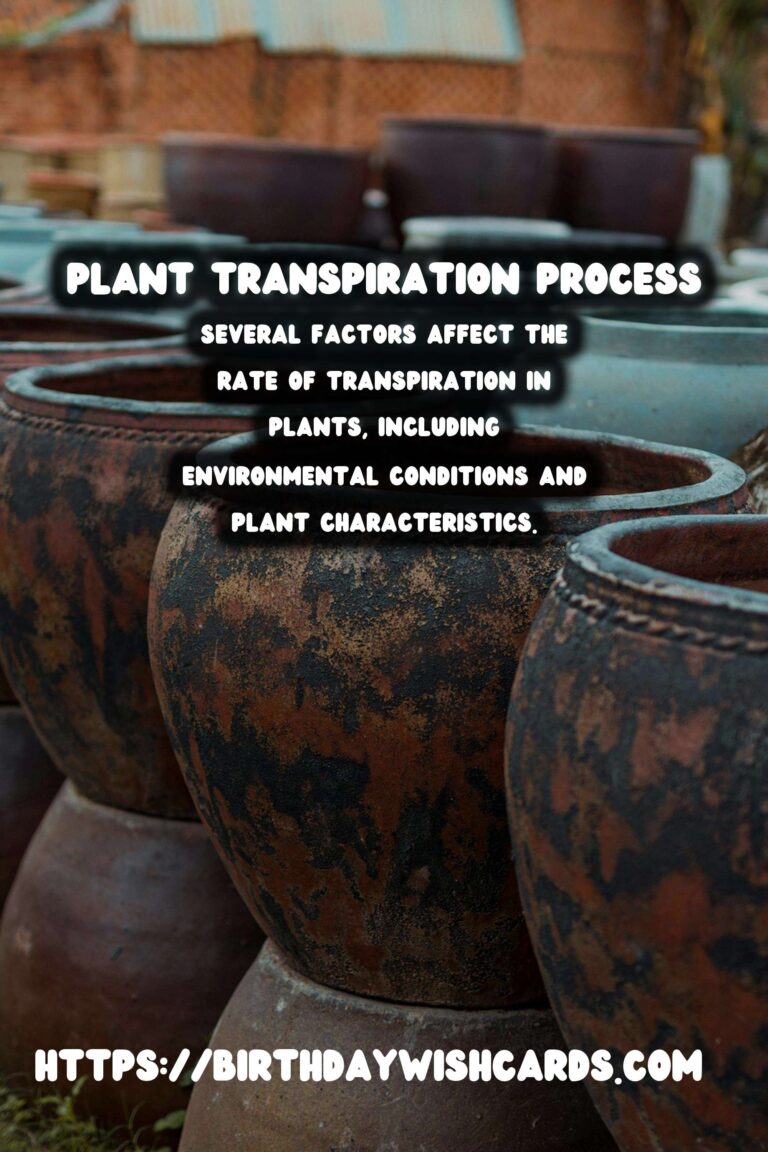

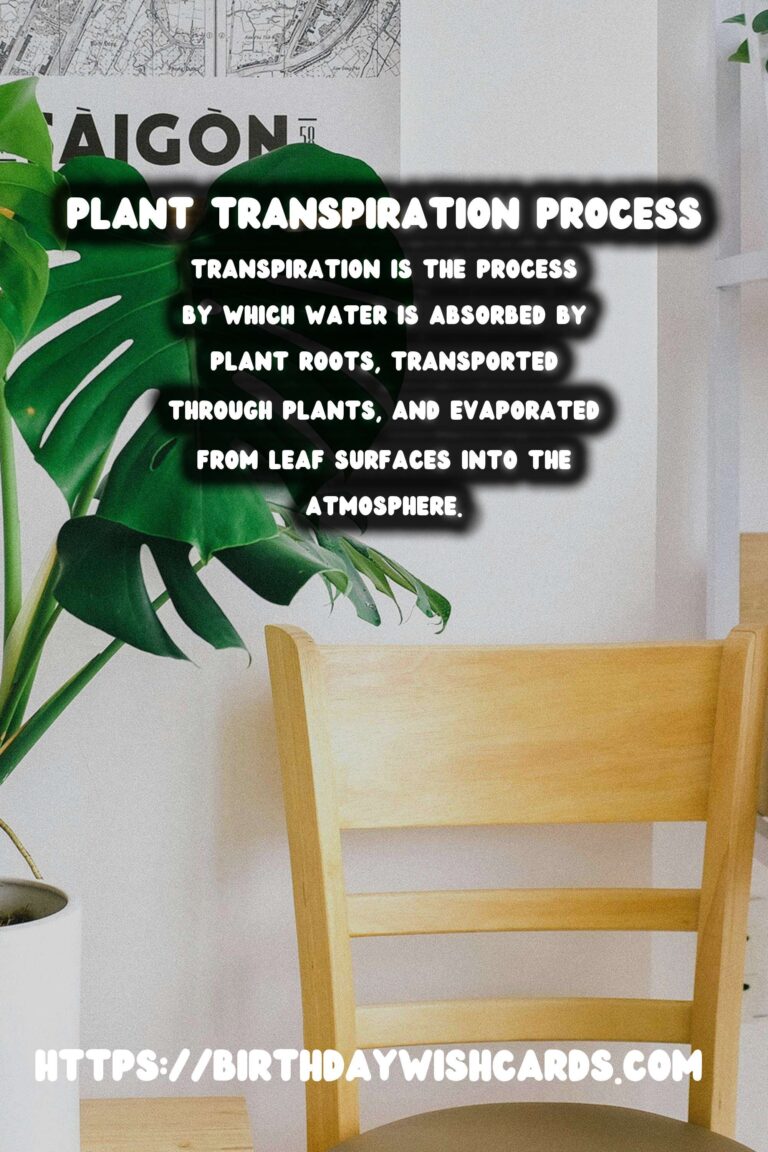
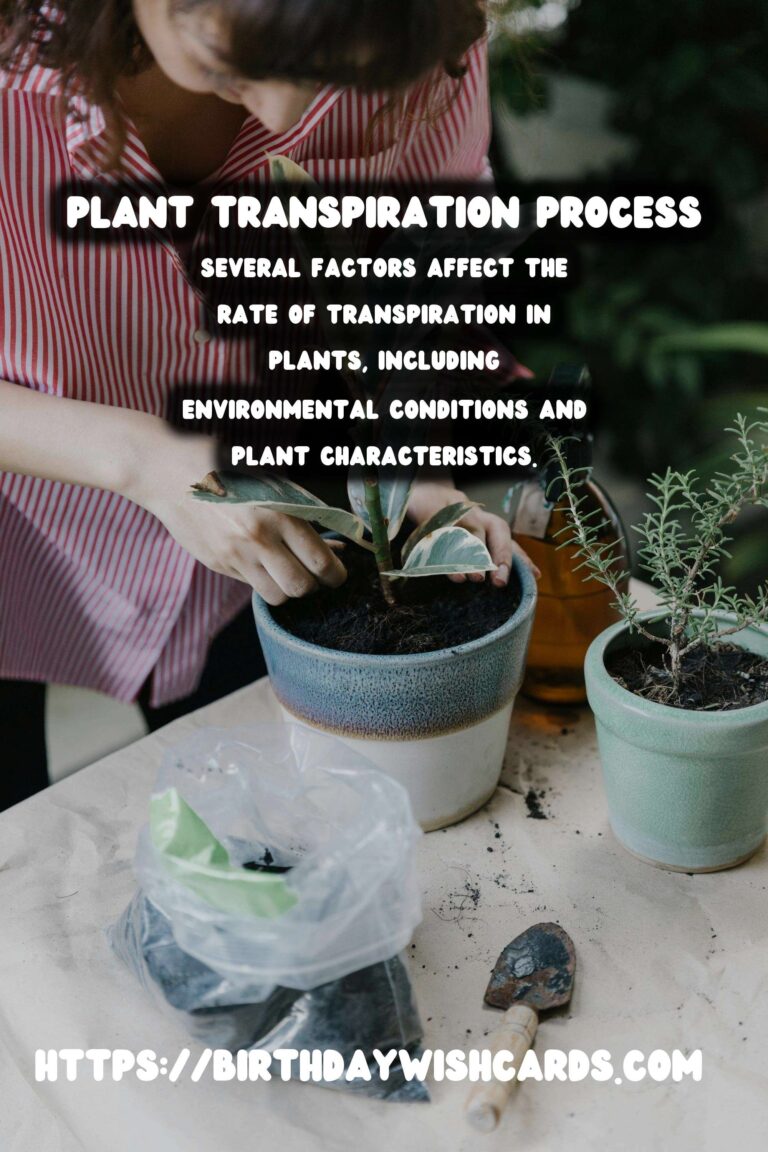



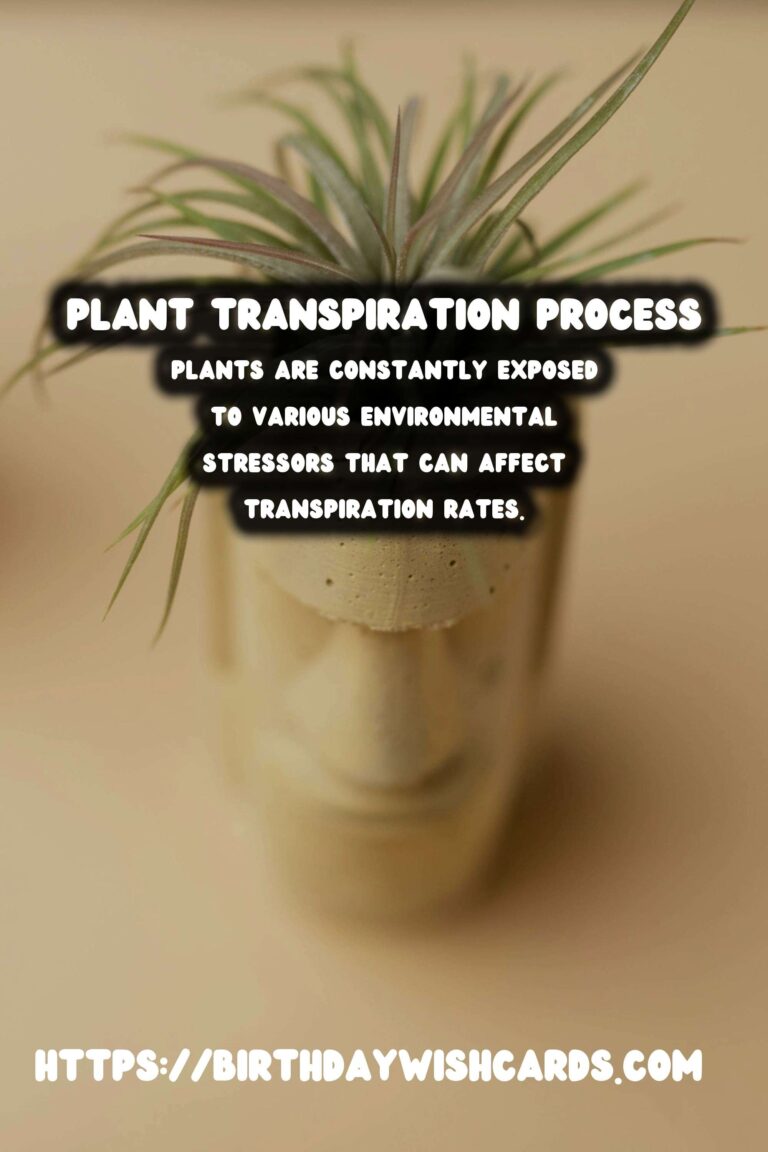
#PlantTranspiration #EnvironmentalStress #PlantHealth #Agriculture #Botany




